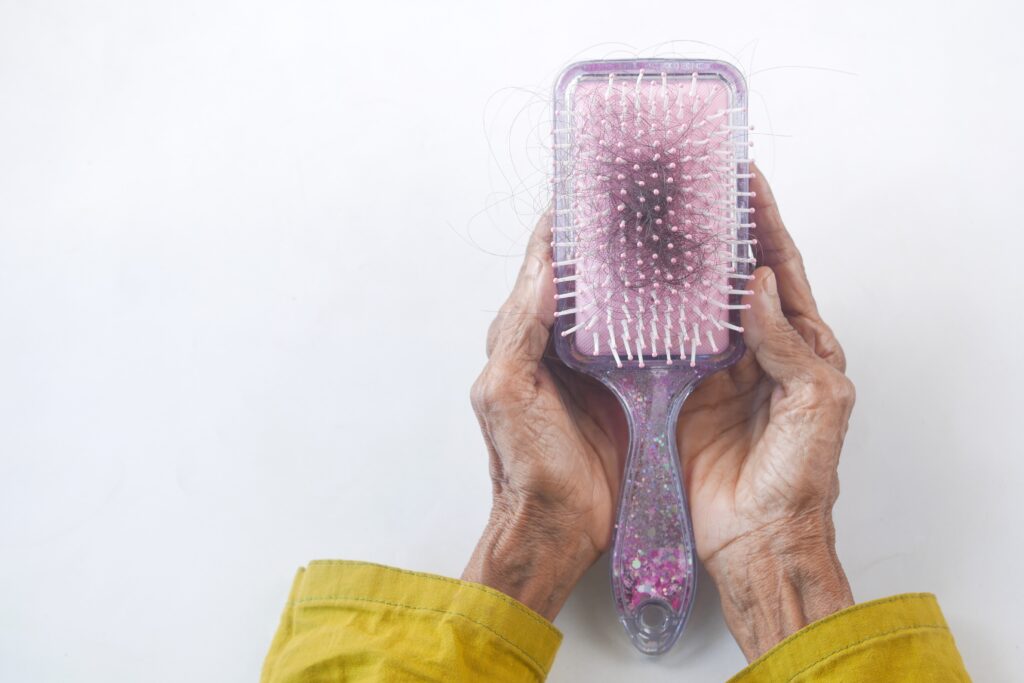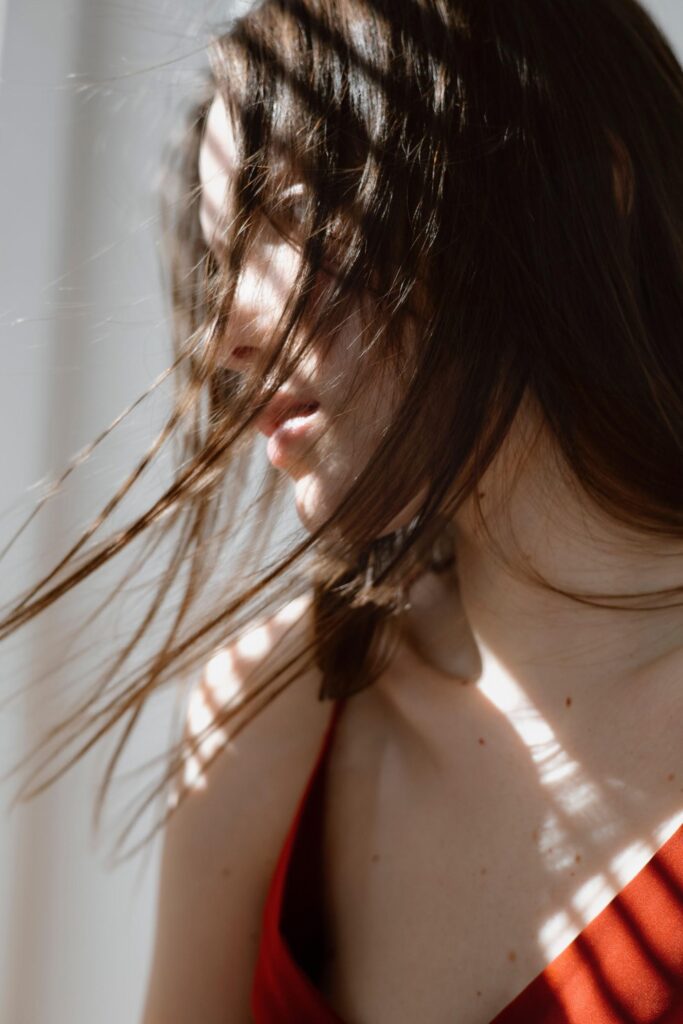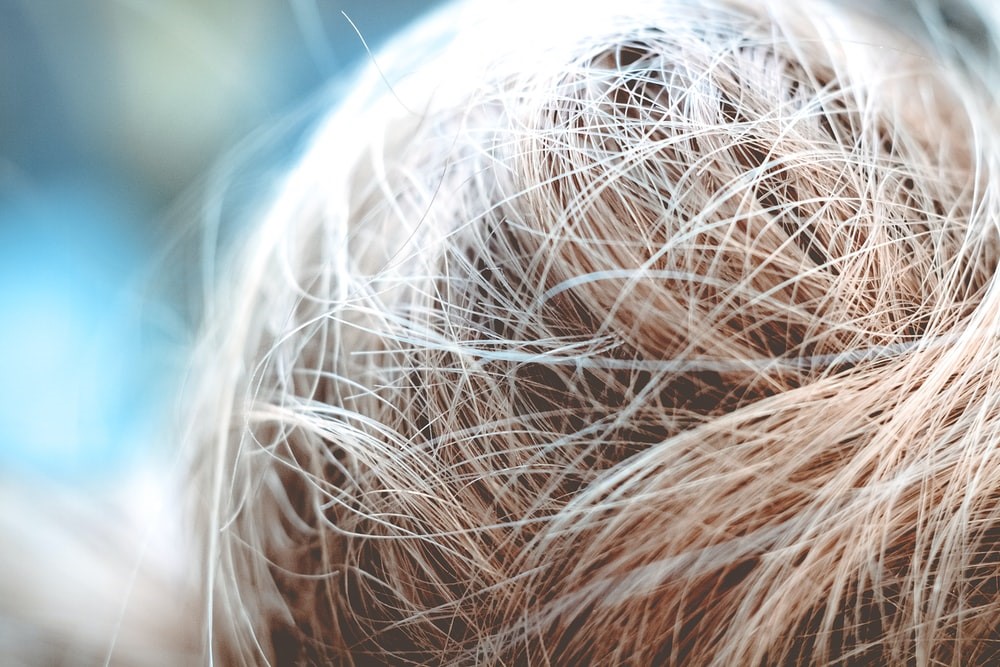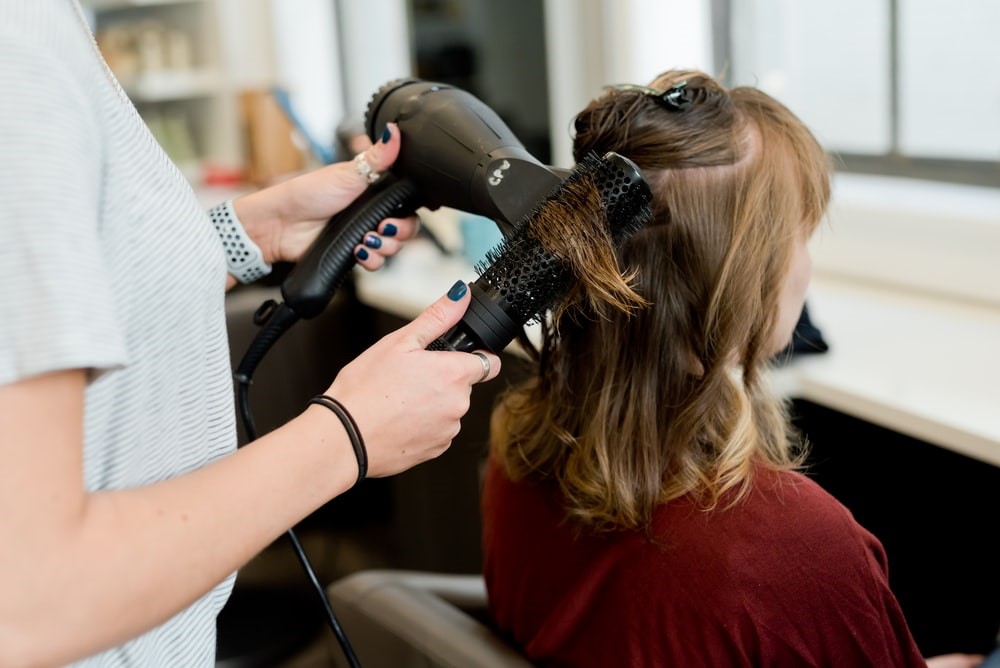Alopecia Universalis is a rare form of alopecia, an autoimmune disease that causes hair loss. It can affect anyone regardless of age, gender, or race, but it most often occurs among children and adults younger than 40. The disease leads to the complete loss of hair on the scalp and body. There is no known cure for alopecia Universalis, but some treatments are available to help manage the condition.
Key Takeaway
Alopecia Universalis (AU) is an autoimmune disease that causes complete hair loss on the scalp and body. It can affect men, women, and children of any age but is most common in children and young adults. There is no cure for AU, but treatments are available that can slow or even stop the loss of hair.
There is no definitive treatment for alopecia Universalis, as the exact cause of AU is unknown. However, some common treatments that can be recommended include:
- Corticosteroids
- Minoxidil
- Anthralin
- Immunotherapy
What is alopecia universalis?
Alopecia Universalis is a medical condition that causes hair loss on the scalp and body. It is an autoimmune disorder where the body’s immune system mistakes hair follicles for an invader and attacks them. This leads to inflammation of the skin and eventual hair loss.
There is no cure for AU, but there are treatments that can help to slow down or even stop the progression of the condition. In some cases, the hair may grow back on its own, but AU is a lifelong condition that can significantly impact a person’s quality of life by increasing the risk of other health issues.
What are the symptoms of alopecia universalis?
Symptoms of AU typically begin with thinning hair on the scalp. This may progress to complete hair loss on the scalp (alopecia totalis) and finally complete hair loss on the scalp and other parts of the body (alopecia universalis).
It is a rare condition that affects both men and women. As previously mentioned, there is no cure for AU at the time of writing this article. However, treatment can help improve the skin’s appearance and prevent further hair loss.
Did You Know?
AU is a type of alopecia areata, which causes hair loss in patches and has been found to affect about two percent of the world’s population. By comparison, an analysis of 94 case studies shows that AU affects less than one percent.
Certified dermatologist Brittany Craiglow says, “While we don’t have great epidemiologic data, probably fewer than ten percent of people with alopecia areata develop complete loss of all hair, including the scalp, eyebrows, eyelashes, and body hair.”
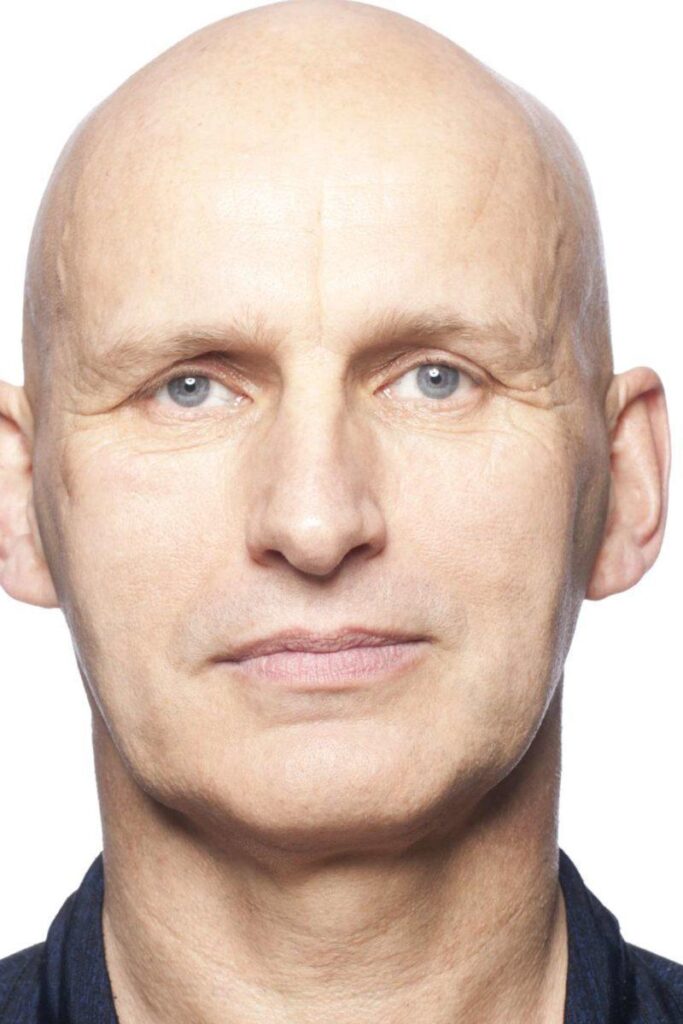
Image Source: Medical News Today
What are the causes of alopecia Universalis?
The causes of alopecia Universalis are not fully understood, but we do know that it is an autoimmune disorder. In people with AU, their own immune system attacks their hair follicles, causing the hair to fall out. AU can be difficult to cope with emotionally, as hair loss can cause feelings of insecurity and low self-esteem.
Alopecia Universalis in children
Children with alopecia Universalis might feel different from other children and could even be teased or ridiculed. Parents should talk to their child’s doctor about ways to cope with the emotional as well as the physical effects of the condition. There are support groups available for children with AU and their families.
What causes alopecia in a child?
Alopecia can have many different causes. In children, the most common cause is an autoimmune disorder called alopecia areata.
Other causes of alopecia in children include:
- Infections, such as ringworm or scalp infections.
- Trichotillomania (a condition where a person pulls out their own hair).
- Certain medical conditions, such as lupus or diabetes.
- Some medications, such as chemotherapy drugs for treating cancer.
Alopecia Universalis in adults
Adults with alopecia Universalis might also feel different from their peers and be self-conscious about their appearance. There are support groups available for adults with AU, and some patients may want to consider options to help camouflage hair loss, such as wigs, hats, scarves, and make-up.
Can alopecia Universalis be treated?
The most commonly used treatments for alopecia Universalis are:
Corticosteroids:
Corticosteroids can help reduce inflammation and promote hair growth. They are anti-inflammatory drugs that can be taken orally or injected directly into the scalp to help slow down or even stop the condition’s progression.
Minoxidil:
This is a medication that is applied topically to the scalp. It can help to stimulate hair growth in people with alopecia Universalis.
Anthralin:
This is another topical cream applied to the skin to stimulate hair growth in people with alopecia Universalis.
Immunotherapy:
Another treatment option for AU is immunotherapy, which involves injecting the patient with substances that cause an allergic reaction. This triggers the immune system to release chemicals that can help to encourage hair growth.
In some cases, doctors might also recommend surgery to remove bald patches. Steroids may also be used to improve the appearance of the hair. However, since steroids can have side effects, they should only be used under the supervision of a doctor.
While there is no guaranteed treatment for alopecia Universalis, the options listed above can help to improve the condition and quality of life for those affected.
How can you support someone with alopecia Universalis?
The emotional impact of losing all of one’s hair can be devastating. If you know someone with alopecia Universalis, you can support them in several ways. First, it is important to be understanding and patient. AU can be a complex condition to cope with both emotionally and physically.
Second, avoid asking personal questions about the condition. Third, do not try to touch or play with their hair. Fourth, offer to help them with practical tasks, such as applying sunscreen or helping to choose a wig or a hat. Finally, let them know you are there for them if they need to talk.
Conclusion
There is not yet a cure for alopecia Universalis, but we have highlighted some treatments to help slow and possibly even stop its progression.
AU is a condition that can significantly impact a person’s appearance and self-esteem. However, with proper treatment and support, many people with alopecia Universalis can lead healthy and happy lives. If you are experiencing hair loss, you should see a dermatologist who can prescribe an appropriate treatment. The MAC SMP Clinic can provide you with some helpful and practical treatment advice for alopecia Universalis. Contact us today to learn more about how we can help you achieve the best possible results.


